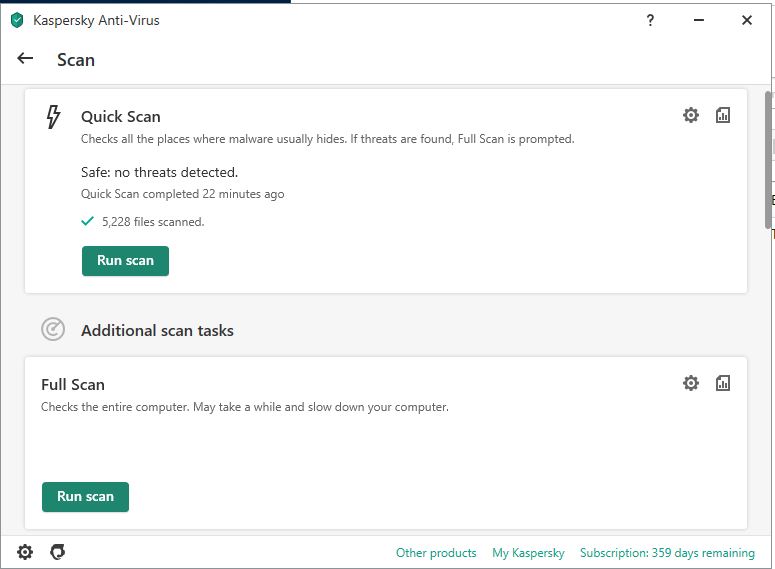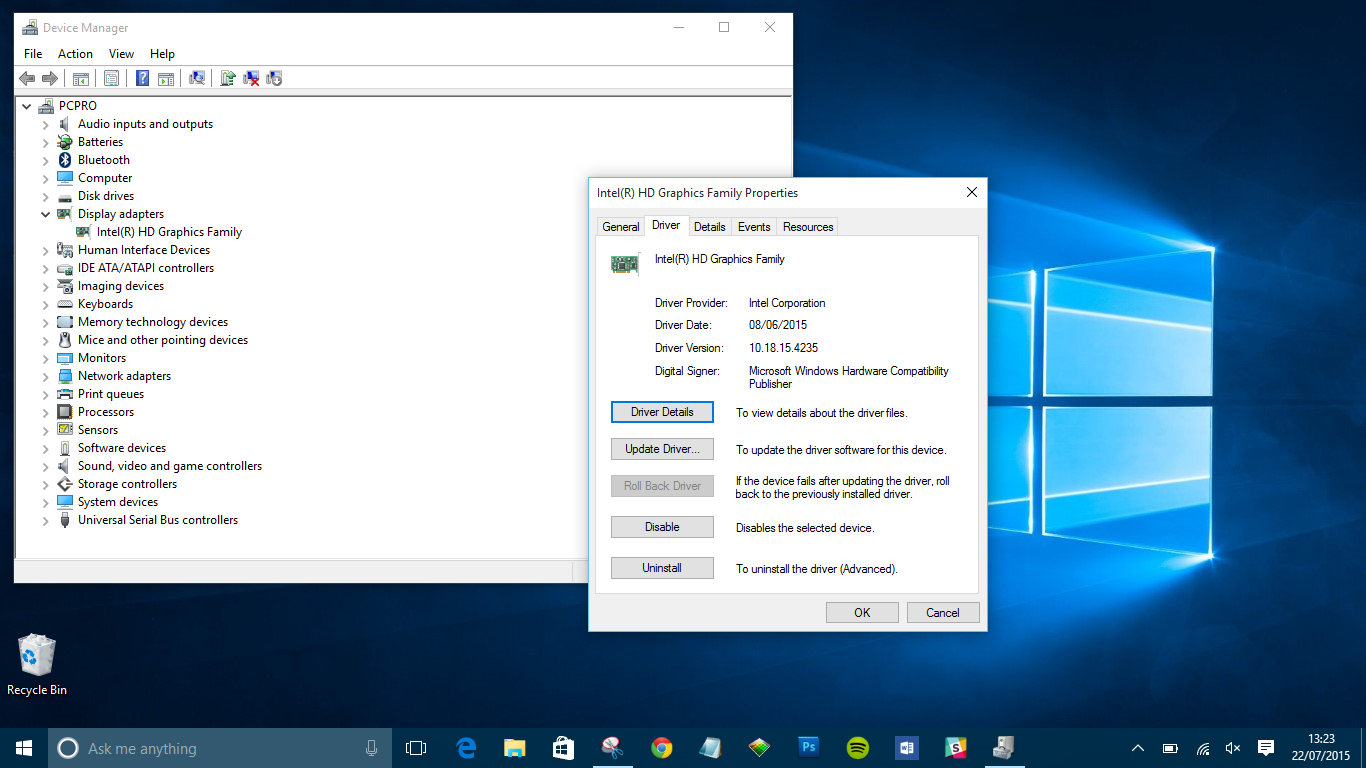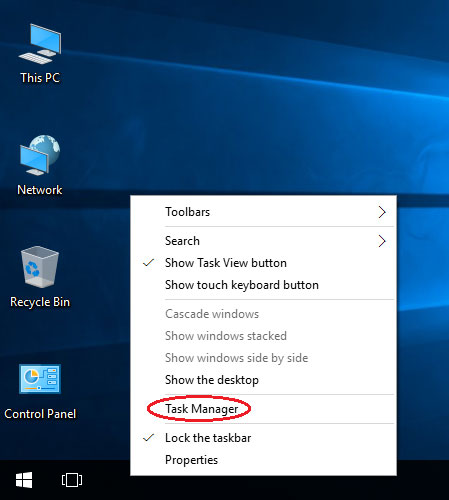This article explores the common errors and problems associated with batchserver.exe, providing solutions to help users troubleshoot their system.
Understanding Batchserver.exe
Batchserver.exe is an executable file that runs batch scripts on Windows OS. It is commonly used in FactoryTalk Batch Server and FreeFlow 6.0j.714 package installations. Common errors and problems may arise, such as crashes or registry errors, which can be fixed by updating the program or patching the OS. If errors persist, try troubleshooting with tools such as IExpress or by checking batch script code for errors. It’s important to note that batch files and script files are different file formats, so be sure to use the correct extension when saving. When launching batch scripts, commands must be entered in a text editor and saved with the “.bat” or “.cmd” extension. To download or update batchserver.exe, visit the Xerox Corporation website and click the “Request” button.
Is Batchserver.exe Safe to Use?
Batchserver.exe is safe to use if it is downloaded from a reliable source and not modified in any way. It is an executable file that is used to launch batch files and script code. However, there are common errors and problems that may arise when using Batchserver.exe, such as crashes or errors in the script code. To ensure that Batchserver.exe runs smoothly, it is recommended to use the latest version and patch releases. Additionally, it is important to check for any registry errors and use tools such as IExpress to package the batch files. When launching Batchserver.exe, make sure to use the correct commands and file formats. If you encounter any problem with Batchserver.exe, try using the PAUSE command to identify the issue. As with any executable file, it is important to exercise caution when downloading and using Batchserver.exe.
Common Errors Associated with Batchserver.exe
- Check for Malware
- Run a full virus scan of your computer using reliable antivirus software.

- Remove any malware found by the antivirus program.
- Update Drivers
- Visit the manufacturer’s website and download the latest drivers for your hardware.
- Install the updated drivers and restart your computer.

- Repair Windows Registry
- Open Command Prompt as an administrator.
- Type sfc /scannow and press Enter.

- Wait while the system checks and repairs any corrupted files.
- Reinstall Batchserver.exe
- Uninstall the current version of Batchserver.exe from your computer.
- Download the latest version of Batchserver.exe from a reliable source.

- Install the new version of Batchserver.exe and restart your computer.
- Disable Automatic Startup
- Open Task Manager by pressing Ctrl+Shift+Esc.
- Click on the Startup tab and find Batchserver.exe.

- Disable Batchserver.exe from automatically starting up with your computer.
How to Repair or Remove Batchserver.exe if Needed
To repair or remove Batchserver.exe, follow these steps:
1. If Batchserver.exe is crashing or causing problems, try applying the latest patch or update for your version of the Windows OS or FactoryTalk Batch Server.
2. If you need to remove Batchserver.exe, locate the batch file or script file that launches it, and delete or modify it as needed.
3. Make sure to back up any important files or entries before making changes to avoid potential data loss.
4. To modify a batch file or script file, open it in a text editor and edit the appropriate lines.
5. To remove Batchserver.exe from an installation, locate the executable file in the directory and delete it.
6. If you encounter an error related to ic32ckit.dll, try updating or reinstalling the Xerox Corporation FreeFlow 6.0j.714 software.
7. When making changes to batch files or scripts, use caution and follow best practices to avoid introducing new problems.
8. If you encounter a problem with Batchserver.exe or other executables, try using the PAUSE command to troubleshoot and identify the issue.
Remember to seek out additional resources and support if you need further assistance.
